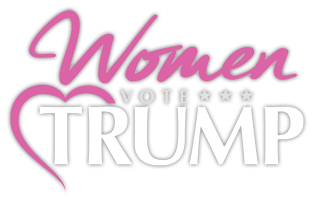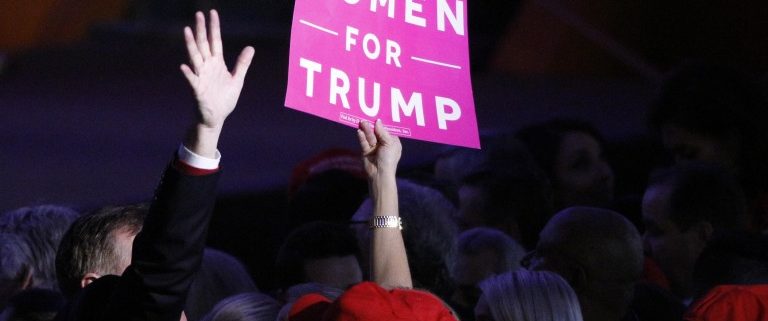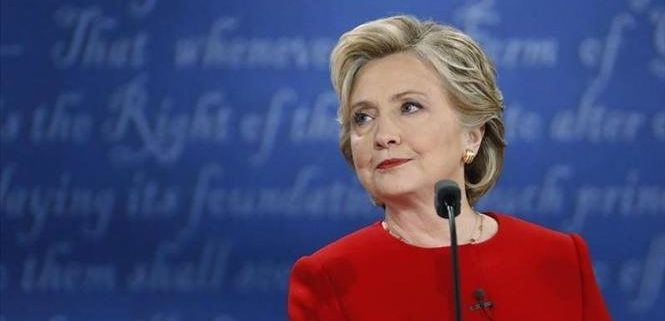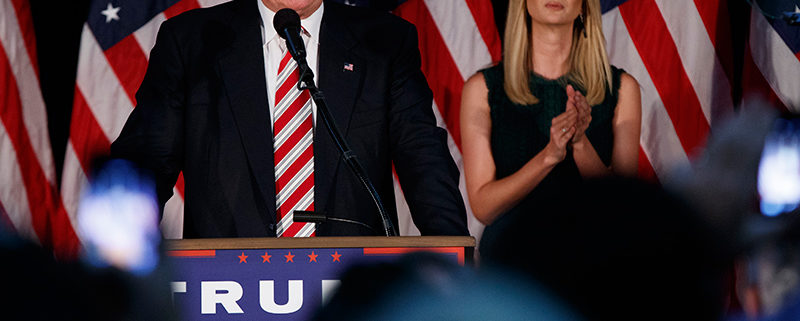By Claire Cain Miller
Women were predicted to come out in force to vote for the first female president and against a man who demeaned them and bragged about sexual assault.
Instead, they voted more or less as they always have: along party lines.
The share of women who voted for Donald J. Trump and who didn’t vote for Hillary Clinton was, if you look at past data, not all that surprising. For years, political science has shown that party outweighs gender when it comes to voting. This election, despite all the gender ferment, turned out to be little different.
If anything, a small percentage of men who would ordinarily vote Democratic seem to have voted Republican, according to exit polls, which are generally good at capturing gender breakdown of the electorate.
The gender gap — the difference in the share of men and women who vote for a candidate — was 11 percentage points for Mr. Trump (53-42), similar to the gender gap for Bill Clinton in 1996 and Barack Obama in 2012, and in line with the gender breakdown of Republican voters.
Fifty-four percent of Mrs. Clinton’s voters were women, and 42 percent of Mr. Trump’s, an overall change of only one percentage point in Mrs. Clinton’s favor compared with 2012. Forty-one percent of her voters and 53 percent of Mr. Trump’s were men, an overall change of five percentage points in his favor.
Typically, at least 90 percent of voters in each party vote for that party’s candidate, according to Kathleen Dolan, professor of political science at the University of Wisconsin, Milwaukee, who studies women in politics.
Of Republican women, that appears to have happened for Mr. Trump. Fifty-three percent of white women voted for him, just as the majority of white women have voted Republican in recent elections. The only potential aberration is that only 87 percent of Democratic white men voted for Mrs. Clinton, slightly less than would be expected, Ms. Dolan said. There could be various reasons for that, and she said we did not yet know how significant it was.
The results show how deep party affiliation runs, even in the most atypical of elections, when gender played a bigger role than usual in the campaigns.
“We know this, yet we have this expectation from living in the world that sex really matters,” Ms. Dolan said. “It does not change things at all. What matters 99.9 percent of the time is their political party.”
In her research, she asked voters during congressional and governors’ elections in 2010 and 2014 about male and female candidates in general, and found that they held gender stereotypes about their strengths and weaknesses, like women excelling at health policy and men at crime policy. Two months later, she interviewed the same voters, this time using the names of the male and female candidates running. Gender stereotypes evaporated, and people chose candidates based on party, not gender.
Other research has come to similar conclusions.
There is very little evidence that women vote for women because of their sex, Ms. Dolan said. The reason it can seem that female voters are voting for female candidates is that both are more likely to be Democrats, so they’re actually voting along party lines.
Continue reading at The New York Times.






